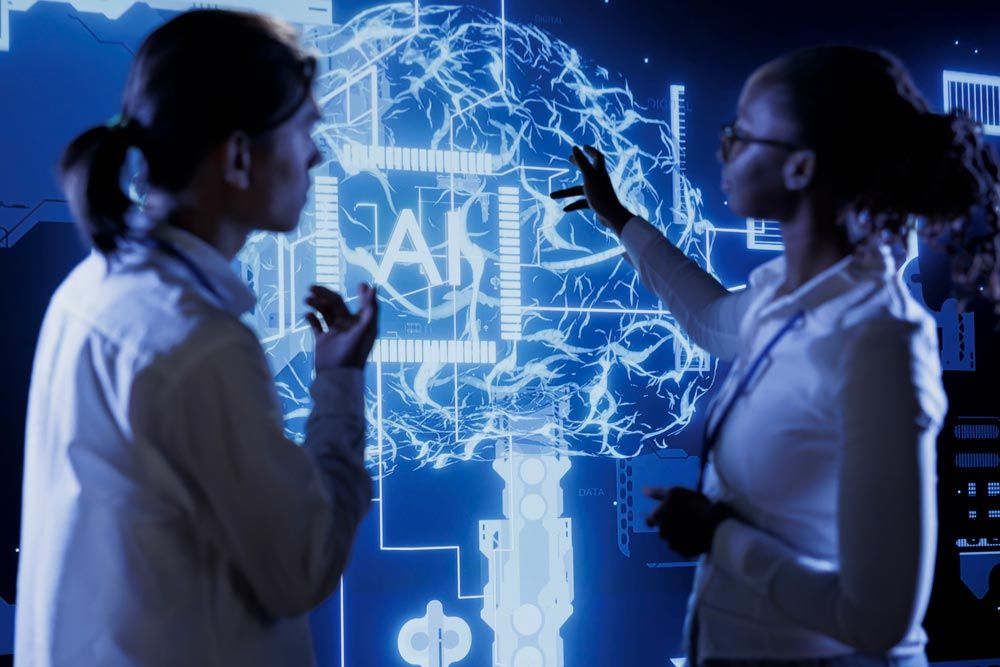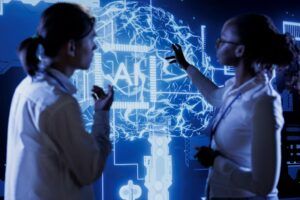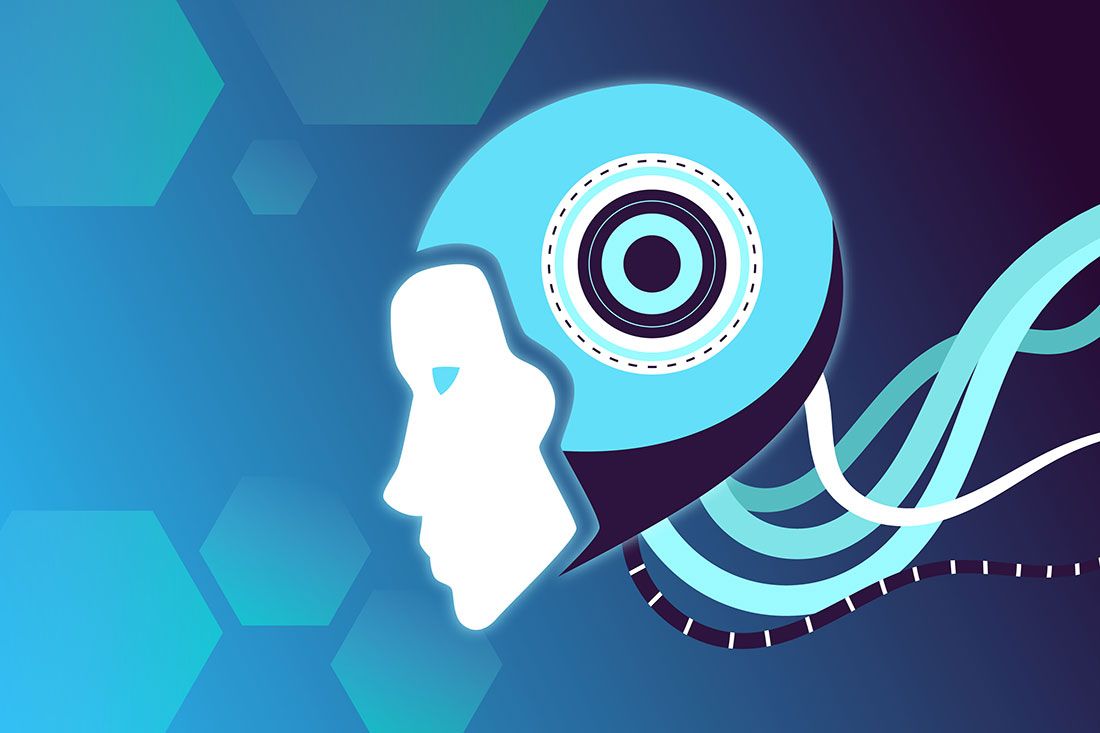AI in Design: In recent years, artificial intelligence (AI) has revolutionized numerous industries, and design is no exception. With advancements in AI tools, designers can streamline workflows, enhance creativity, and increase efficiency. Here, we explore how AI is transforming design by optimizing processes and empowering creativity.
Key AI Tools Shaping the Design Landscape
The integration of AI tools in design is changing how professionals approach everything from ideation to execution. These tools are invaluable in automating repetitive tasks, analyzing vast amounts of data, and enabling creativity in new ways. Let’s look at some of the leading AI-powered tools making waves in the design industry.
Adobe Sensei
Adobe Sensei is an AI framework integrated into Adobe’s suite, enhancing tools like Photoshop and Illustrator. It assists with tasks such as image recognition, automatic tagging, and content-aware editing. For example, Adobe Sensei can analyze images and suggest edits, saving designers time in ideation and execution. It also offers automated layout adjustments that can adapt designs to multiple formats.
DALL-E and Midjourney
These AI image-generation tools allow designers to create visuals based on text prompts. DALL-E and Midjourney are particularly beneficial for early-stage brainstorming and concept development. Designers can experiment with different themes, styles, and concepts within seconds, allowing for a faster creative process. While these tools don’t replace original design, they offer valuable inspiration and potential variations on initial ideas.
Canva’s AI Features
Canva has integrated AI features such as “Magic Resize” and automated color palettes. These capabilities are especially useful for designers creating content across platforms with differing dimensions and color schemes. Canva’s AI tools ensure brand consistency and make resizing and repurposing designs seamless, saving time while maintaining aesthetic coherence.
How AI Boosts Efficiency in Design Workflows
AI tools significantly increase efficiency by handling time-consuming tasks that designers previously did manually. From resizing images to content tagging, AI allows designers to focus on higher-value creative aspects rather than repetitive tasks.
Automation of Repetitive Tasks: Automated tools can handle everything from file organization to basic layout adjustments. For example, Adobe Sensei’s auto-tagging organizes assets, making it easy for designers to find files.
Personalization: AI-driven design allows for personalized experiences by adapting content to audience preferences. By analyzing user behavior, AI tools help create designs that cater to individual needs, making branding more effective.
AI as a Creative Partner
Beyond efficiency, AI acts as a creative partner, providing endless inspiration and experimentation possibilities. AI-generated images, for example, open doors to new design ideas that may not have emerged through traditional brainstorming.
Enhanced Ideation: Tools like Midjourney generate visual ideas that might inspire new design directions. Designers can use these AI-generated visuals as foundations, modifying and personalizing them to fit specific brand aesthetics.
Data-Driven Decisions: AI offers analytics that can inform design choices. Insights from user engagement and behavior patterns can guide designers in creating visuals that are both beautiful and functional.
Final Thoughts
AI in design offers transformative benefits, combining efficiency with enhanced creativity. By integrating AI in Design, like Adobe Sensei, DALL-E, and Canva, designers can automate processes, gain fresh inspiration, and make informed decisions based on data. While AI doesn’t replace human creativity, it amplifies it, making design workflows more efficient and innovative. As these tools evolve, designers will continue to find new ways to push the boundaries of creativity in an AI-enhanced landscape.









